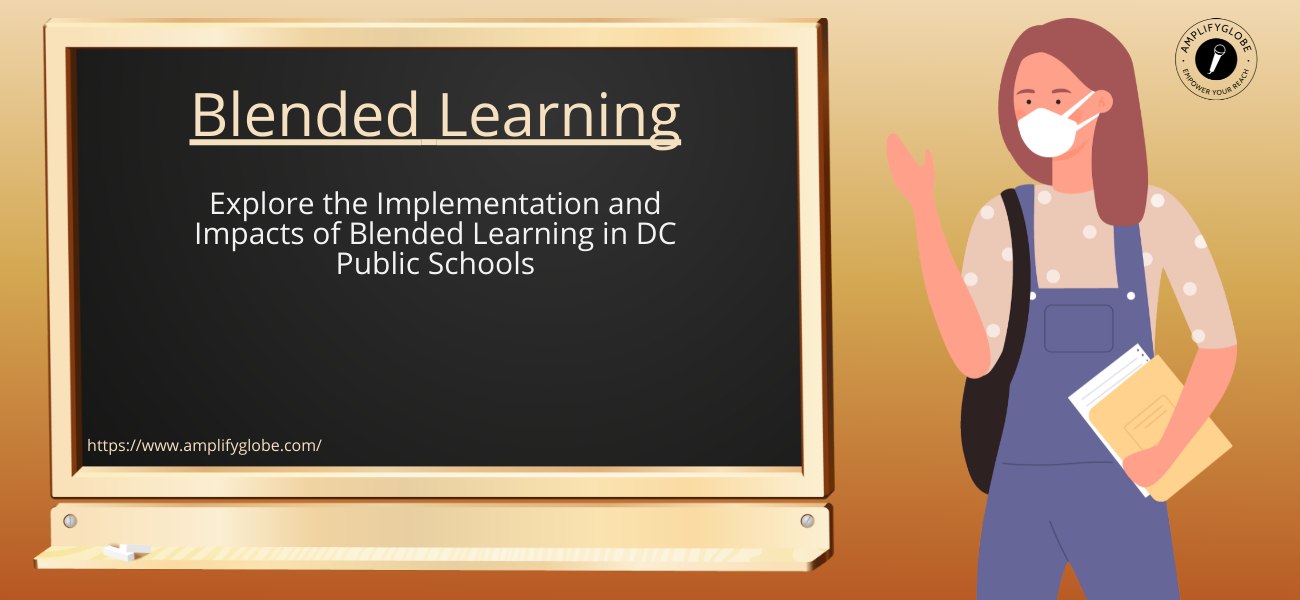Blended Learning in DC Public Schools
In recent years, the landscape of education has undergone a transformative shift, with innovative approaches like blended learning gaining traction. In this comprehensive guide, we'll explore the concept of blended learning and its implementation within the context of DC Public Schools (DCPS). Whether you're an educator, student, or parent, understanding the nuances of blended learning can significantly impact the educational experience.

Understanding Blended Learning
Blended learning combines traditional face-to-face classroom instruction with online learning components. This hybrid approach seeks to leverage the strengths of both conventional teaching methods and digital resources, creating a dynamic and personalized learning environment.
Key Components of Blended Learning:
1. In-Class Instruction
Traditional classroom teaching remains a fundamental component of blended learning. Teachers play a pivotal role in guiding students through curriculum objectives, fostering discussions, and providing immediate feedback.
2. Online Learning Platforms
Blended learning incorporates digital tools and online platforms to deliver content, assignments, and assessments. DCPS has embraced various e-learning resources to enhance the accessibility and flexibility of education.
3. Adaptive Learning Technologies
Personalization is a hallmark of blended learning. Adaptive learning technologies assess individual student progress and adjust the difficulty of content accordingly, ensuring a tailored learning experience.
4. Flexible Scheduling
Blended learning allows for a more flexible schedule, enabling students to access resources and engage in coursework at their own pace. This flexibility accommodates diverse learning styles and preferences.
Implementing Blended Learning in DCPS
DC Public Schools have been proactive in adopting blended learning strategies to meet the diverse needs of students. Initiatives include:
Integration of Online Resources
DCPS has integrated various online platforms and digital resources into the curriculum, providing students with interactive and engaging learning materials.
Professional Development
Educators in DCPS receive ongoing professional development to effectively implement blended learning strategies. This ensures that teachers are well-equipped to harness the potential of digital tools for improved learning outcomes.
Data-Driven Approaches
Blended learning allows for the collection of data on student performance and engagement. DCPS utilizes this data to refine teaching methods, identify areas for improvement, and tailor instruction to individual student needs.
Challenges and Opportunities
While blended learning offers numerous advantages, challenges such as the digital divide, ensuring equitable access, and addressing varying tech literacy levels must be addressed. DCPS continues to work towards overcoming these challenges, viewing them as opportunities for growth and inclusivity.
Conclusion
Blended learning in DCPS represents a progressive and student-centric approach to education. By embracing the blend of traditional and digital methodologies, DC Public Schools are shaping a future where education is adaptable, inclusive, and aligned with the needs of every student. As the landscape of education evolves, the commitment to blended learning ensures that students in DCPS are prepared for success in an ever-changing world.
More on AmplifyGlobe
Explore the beauty of cultural diversity and enrich your understanding of the world! Learning about different cultures is an enriching journey that broadens our perspectives, fosters empathy, and fosters respect for one another. It allows us to appreciate the unique traditions, values, and customs that shape the identity of various communities around the globe. Learn about the afar people, the garifuna, the san, the dogon, the maasai of kenya, the Hamer Tribe, the Hadza Tribe, the Sami, the Akha People, the Aymaraes, the Kazakh People and the Adivasi on AmplifyGlobe.